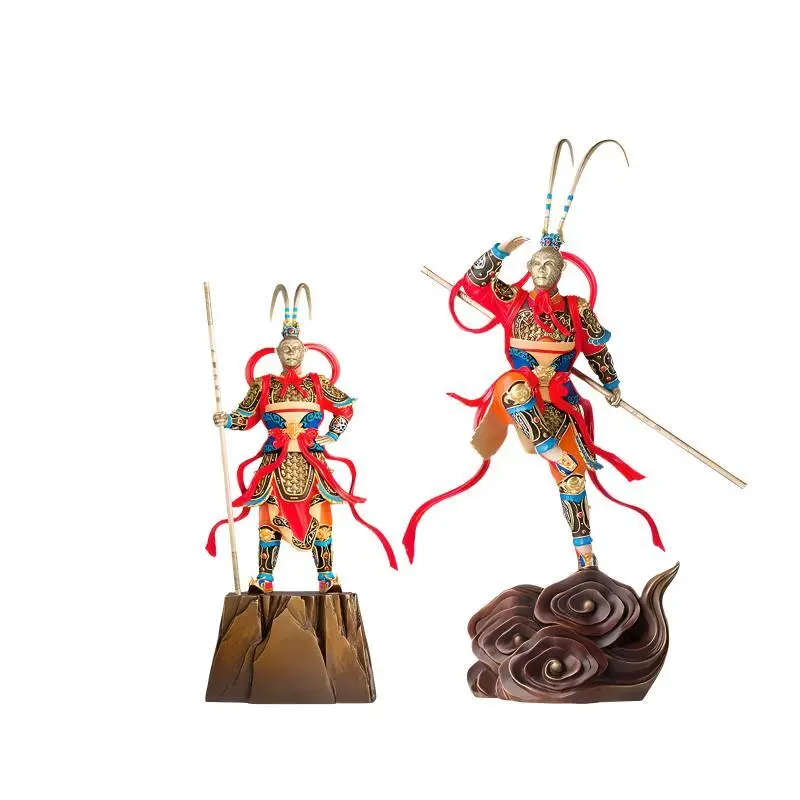Bronze Casting Sculptures and the Crafting Process
Step One: Crafting the Clay Prototype
The precursor to every sculpture requires a clay prototype, the outcome of meticulous sculpting by an artist. The success of the clay model greatly influences the final product's quality. The model embodies the sculptor's creativity, expressing intent and form, and forms the foundation for the subsequent production stages.
Step Two: Building the Base
After covering the model with a layer of clay, the sculptor uses a wooden mallet to consolidate and fill any air gaps within the clay. Regular adjustments and refinements are made until the desired form is achieved. This phase requires the expertise of a professional sculptor. To prevent cracking, the sculpture needs constant moisture; plastic film covers maintain the required humidity until the clay mold is complete.
Step Three: Prototyping with Clay
Creating a silicone mold based on the finished clay model produces a wax embryo. This prototype mirrors the actual product's shape, formed by injecting heated and melted wax into the silicone mold.
Step Four: Sculpting and Review
The large sculpture is completed, and the client is involved in reviewing and suggesting modifications. Continuous refinements and meticulous adjustments are made to achieve perfection. The entire structure undergoes comprehensive polishing. The clay prototype undergoes further refinement, a crucial stage that directly impacts the product's future appearance and surface effect.
Step Five: Mold Making
The clay sculpture is divided into sections for the mold, coated with soap water for protection. Specialized technicians apply gypsum slurry on the sculpture, varying the water content for the different layers. After the gypsum hardens, the mold is removed, employing gypsum stakes as handles.
Step Six: Mold Treatment
After removing residual clay from the divided mold sections, meticulous refinement and grinding of the gypsum mold take place. Subsequently, metal copper mesh is used for polishing.
Latest News
Here are the latest news about our company and industry. Read these posts to get more information about the products and the industry and thus get inspiration for your project.
















